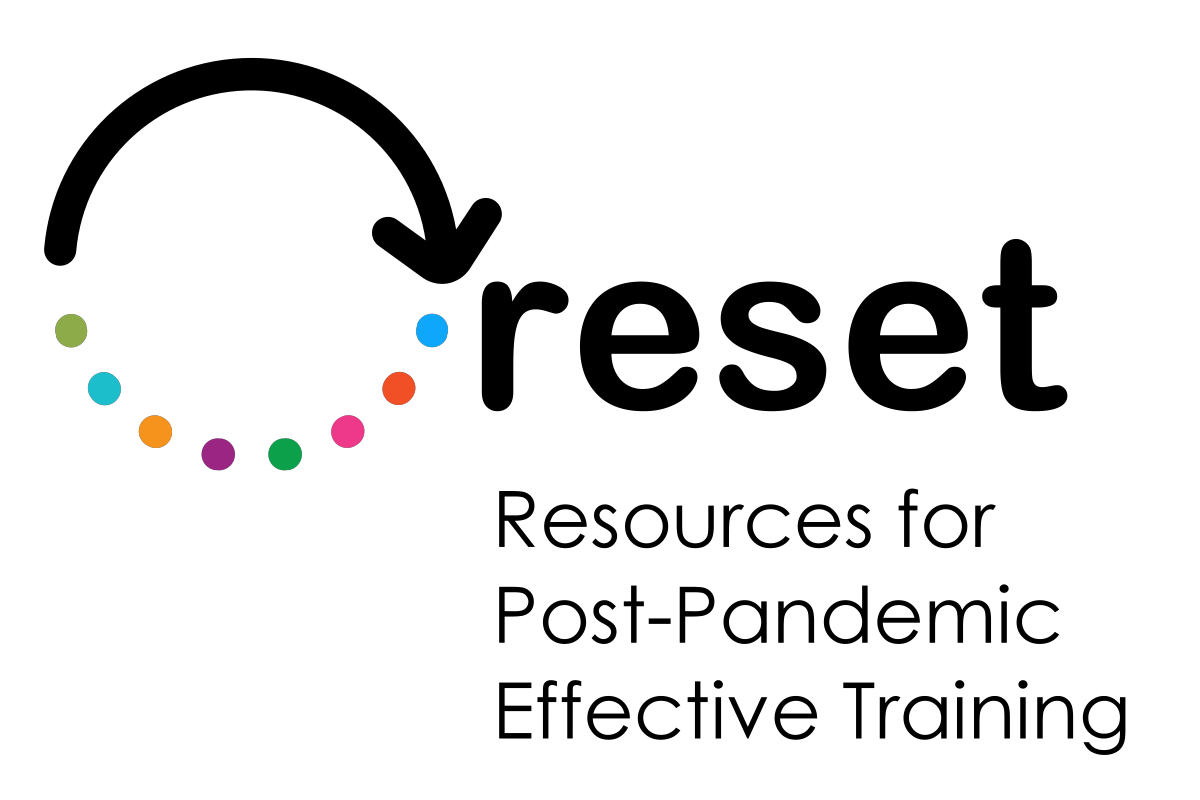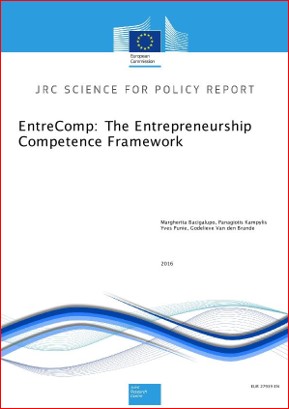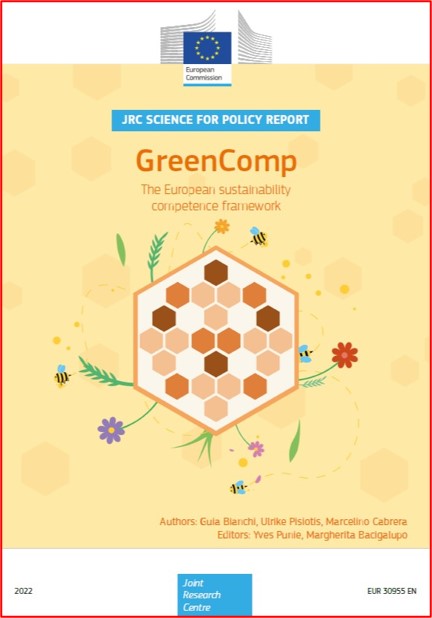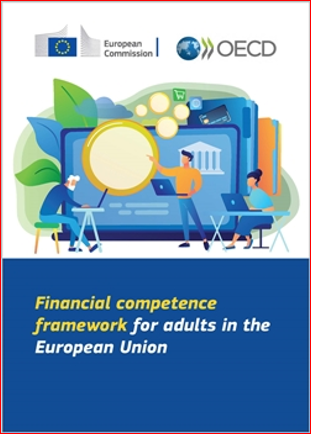 Education and training frameworks Education and training frameworks A step back in the time lineClick to read
 Where it all started The operative implications of DigComp for educators and organizations lies on the very motivations behind the existence of the framework and the official EU policy paper from which it originated. As of today, and since its official publication, the official DigComp’s literature counts several follow-up and spin-off documents that contributes to strengthen, update and further develop the EU resources for education and training of EU citizens on digital competences. 2006, Key Competences for Lifelong LearningClick to read
 Reference Framework A list of 25 recommendations in total addressed to both Members States and European Commission to:
8 key competences for EU citizens lifelong leanirng Click to read

* Skills needed include the ability to search, collect and process information and use it in a critical and systematic way, assessing relevance and distinguishing the real from the virtual while recognising the links. Individuals should have skills to use tools to produce, present and understand complex information and the ability to access, search and use internet-based services. Individuals should also be able use IST to support critical thinking, creativity, and innovation. Towards commonly agreed objectives… Click to read
 The EU harmonization of teaching and education for LLL In the recommendation we read that the EU institutions will support efforts to harmonize at transnational level the kind of education and training provision in place for that given competence. This statement refers to the opportunity to develop and consolidate at international level a standard curricula module to which all organizations and institutions involved can refer as standard of reference, and gain further inspiration to operationalize the learning experience that derives from it. These standard curricula model are also known as “education and training frameworks”. Education and training frameworks: resources available so far (but not all) Click to read
 Education and training frameworks: what they areClick to read
 Identifying key training areas of interest Each competence framework lists a series of sub-competences divided per training area that experts consulted by the Joint Research Centre of the EU Commission consider as “instrumental” to master that given competence. Each framework is also associated to an 8-layer evaluation model that helps learners (and teachers) ranking their proficiency on each of the framework’s competences. This evaluation grid takes inspiration from EQF (European Qualification Framework) so as to provide for even further transferability and portability at EU level, regardless of the national context of application. …and what they are useful for Click to read
 The ratio of EU education and training frameworks Few paragraphs ago it was mentioned that these frameworks respond to the need of consolidating and international level a common and EU-validated approach to fostering EU’s citizens key competence for lifelong learning. The practical implication of this is that training and educations frameworks recommend the set of knowledge, attitudes and skills on which education and training initiatives should be tailored on: they are concrete manifestation and expression of the kind of teaching programme that EU institutions expect to see at grass-root and local level, both in formal and even more in non-formal / informal environments.  DigComp and related follow-up DigComp and related follow-up The education and training frameworks of EU citizens’ digital literacy Click to read

Latest update: DigComp 2.2, 2022
Structure and content of the framework Click to read

An on-going experience Click to read
 Resources and spin-offs Throughout the years, and besides the official updates (i.e., version 2.1, 2.2), the DigComp literature extended to several other domains: new follow-up specifically conceived to support education and training institution in better operationalizing the content of DigComp and leveraging on its potentials (which are available for other frameworks as well). DigComp into Action: a long list of initiatives selected by the EU Commission as good practices in implementation of the DigComp in education and training settings, and valorized with the aim to inspire similar actions by other professionals in LLL DigComp at Work: a very detailed break-down of initiatives selected as good practices by the EU Commission as examples of the implementation of DigComp in employability and employment DigCompORG: a conceptual framework inspired by the “traditional” DigComp and designed to sustain the digitalization plan of education and training organizations, and the digitalization of learning pathways Others: OpenEDU, DigCompConsumers  DigCompEDU DigCompEDU The digital competences framework for educators Click to read

Content and structure of DigCompEDU Click to read
 Six main areas of focus
Understanding the relation between each of the area Click to read
 A hierarchal order? DigCompEDU is slightly different from the traditional DigComp: while in DigComp each of the training area is separated from the other and can be potentially conceived as a stand-alone dimension, in DigCompEDU the overlap between two or more training areas is definitely more fluid – so much so that the visual representation of the frameworks relies on the image of linked rings The bottom-line of DigCompEDU Click to read
 A user introduction
Why the train-the-trainer need? Click to read
 A broader perspective The focus on capacity building opportunities for trainers is not isolated to the context of DigComp, nor digital education in general, but it is concrete expression of broader interests manifested by EU institutions in the ecosystem of Lifelong Learning. Council’s recommendations from 2016 on Upskilling Pathways for Adult Education recognize a staff-centered approach to education and training a key priority area, being a motivated, driven and empowered teaching staff a fundamental variable for the success of education and training programme. The system of incentives recognized to education and training staff should go beyond monetary compensation and look as well into other form of rewards equally relevant to nurture the motivation of the staff and their long-term commitment. Same is reaffirmed by the new EU Agenda for Adult Learning 2021-30 which recognizes in the professionalization and qualification of trainers and educators a fundamental building block of the Priority Area no.4: Quality, equity, inclusion and success in adult learning Scaling the DigCompEDUClick to read
 Embracing the proposal of digital competences for educators The commitment of an organisation to DigCompEDU is symptomatic of its desire to be closer and more aligned to several key coordinates envisioned by EU institutions as success and sustainability factors of a more efficient and effective LLL ecosystem:
DigCompEDU and DigComp Click to read
 One the extension of the other… It is important to recall the fact that DigCompEDU is not a substitute to DigComp, neither an “advanced” version. DigCompEDU is the re-adaptation of the DigComp framework within a very niche fields of needs and opportunities, while capturing and framing educators-specific competences. The very implications for education and training organizations lies on the support that they can guarantee to their staff members to purse their qualification objectives in any of the training areas identified by the framework.  DigCompEDU into practice DigCompEDU into practice Professional Engagement Click to read
 Organizational Communication
Professional Collaboration
Reflective Practice
Continuous professional development
Digital Resources Click to read
 Selecting digital resources
Creating and modifying digital resources
Managing, protecting and sharing digital resources
Teaching and learning Click to read
 Teaching
Guidance
Collaborative learning
Self-regulated learning
AssessmentClick to read
 Assessment strategies
Analysing evidences
Feedback and planning
Empowering learners Click to read
 Accessibility and inclusion
Differentiation and personalization
Actively engaging learners
Facilitating Learners’ Digital Competence Click to read
 Information and media literacy
Digital communication and collaboration
Digital content creations
Responsible use
Digital problem solving
 Summing up Summing up Summing upClick to read

| |||||||||||||||||||||||||||||||||||||||||||||||
 Test Yourself
Test Yourself

Keywords:
DigComp; Education; Training
Objectives:
- Know EU training and education frameworks
- Understand the background and scope of DigComp
- Understand the background and scope of DigCompEDU
- Know the structure and content of DigCompEDU: opportunities for users
Description:
The operative implications of DigComp for educators and organizations lies on the very motivations behind the existence of the framework and the official EU policy paper from which it originated.
As of today, and since its official publication, the official DigComp’s literature counts several follow-up and spin-off documents that contributes to strengthen, update and further develop the EU resources for education and training of EU citizens on digital competences.
-
Related training material
- . Mind-maps software tools collection
- . Annual IT Budget Template - Operating Expenses
- . Get ready to ‘moodle’




